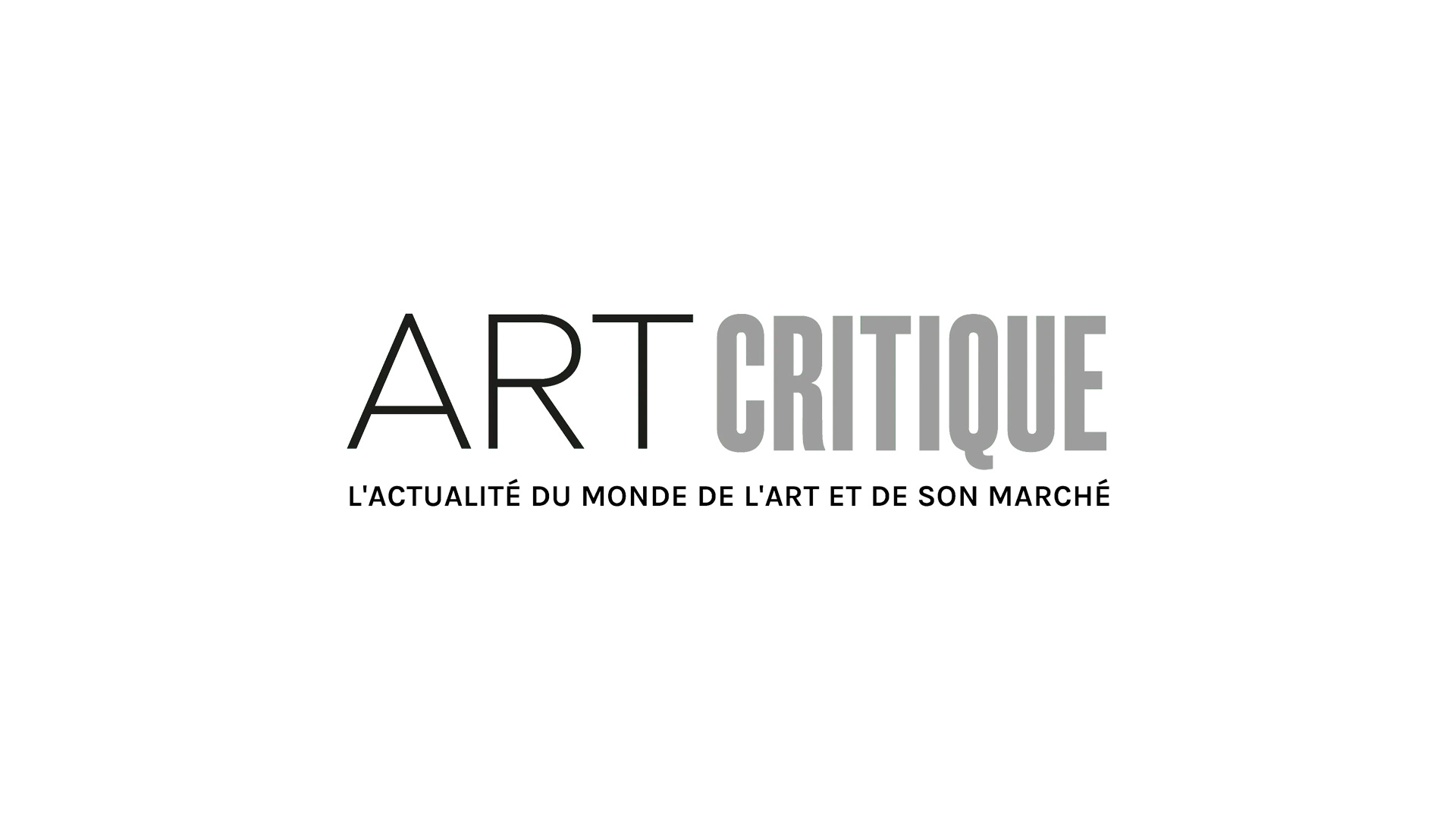Art museums are spaces people visit to experience, admire, and reflect on creativity. Imagine if – instead of walking through high-ceiling galleries or along stark white walls – you could swim beneath warm waves to immerse yourself in a marine sculpture garden? Underwater art installations and museums provide an alternative space for art lovers and environmentalists alike.
Ecological or environmental art movements run throughout the current of art history. Artists have looked to nature not only as a model for landscapes but also as a muse of wild majesty. From the pre-historic cave drawings of Lascaux to the lush Romantic paintings of the English countryside, nature-informed art represents humanity’s reliance on the natural world for both existence and inspiration.

The land art movement of the 1960s and 70s exposes a shift in artists’ interest in creating a final work infused by nature to conceiving art in the natural world. Robert Smithson’s Spiral Jetty from 1970 and the ongoing installation of James Turrell’s Roden Crater are large scale examples of using natural earth formations to create conceptual art. Some might argue that society would benefit from a more active connection between art and the environment: instead of highlighting nature, artists can inspire eco-friendly action. Aquatic art may be the call to action that environmental advocates need and the next movement to ripple through art history.
Some artists, such as sculptor and environmentalist Jason deCaires Taylor, use the ocean as their exhibition space. Over the past decade, deCaires Taylor has built numerous large-scale underwater sculpture parks that contain over 850 life-sized works, 350 of which are featured in Museo Atlántico in Lanzarote, Spain. The pH-neutral materials the artist uses to construct the parks make the sculptures habitable for marine life, demonstrating the definite impact art can have on an ecosystem. His 2016 work, Raft of Lampedusa, also ignites conversations about willful ignorance regarding climate change and the dangers that refugees face.

DeCaires Taylor is also a founding member of MUSA (Museo Subacuático de Arte), a museum located in the waters surrounding Cancun, Isla Mujeres, and Punta Nizuc. According to their mission statement, “The museum aims to demonstrate the interaction between art and environmental science and form part of a complex reef structure for marine life to colonize and inhabit while increasing biomass on a grand scale. All of the sculptures are fixed to the seabed and made from specialized materials used to promote coral life.” The museum features artwork from six artists, several of which are local to Mexico.
The most recent aquatic museum opened late last year off the Gulf coast of Florida. The Underwater Museum of Art (UMA) is the first submerged sculpture park in the United States. The permanent exhibitions located near the shore of South Walton, aim to create marine habitats that expand fishery populations and enhance sociocultural opportunities for their community. The Floridian sculpture park will continue to grow through their annual international call for artist submissions.
Many of the sunken installations created by artists intend to raise awareness about polluted waters, dying coral reefs, and rising water temperatures. Other pieces tackle humanitarian issues, such as the refugee crisis and the perils of trans-ocean migration. Regardless of the artists’ original intentions, the sculptures that wait for visitors beneath the salty water will soon become vessels for aquatic life that shelter millions of sea creatures. The artists, in turn, become creators in the most real sense: they form life through art.





